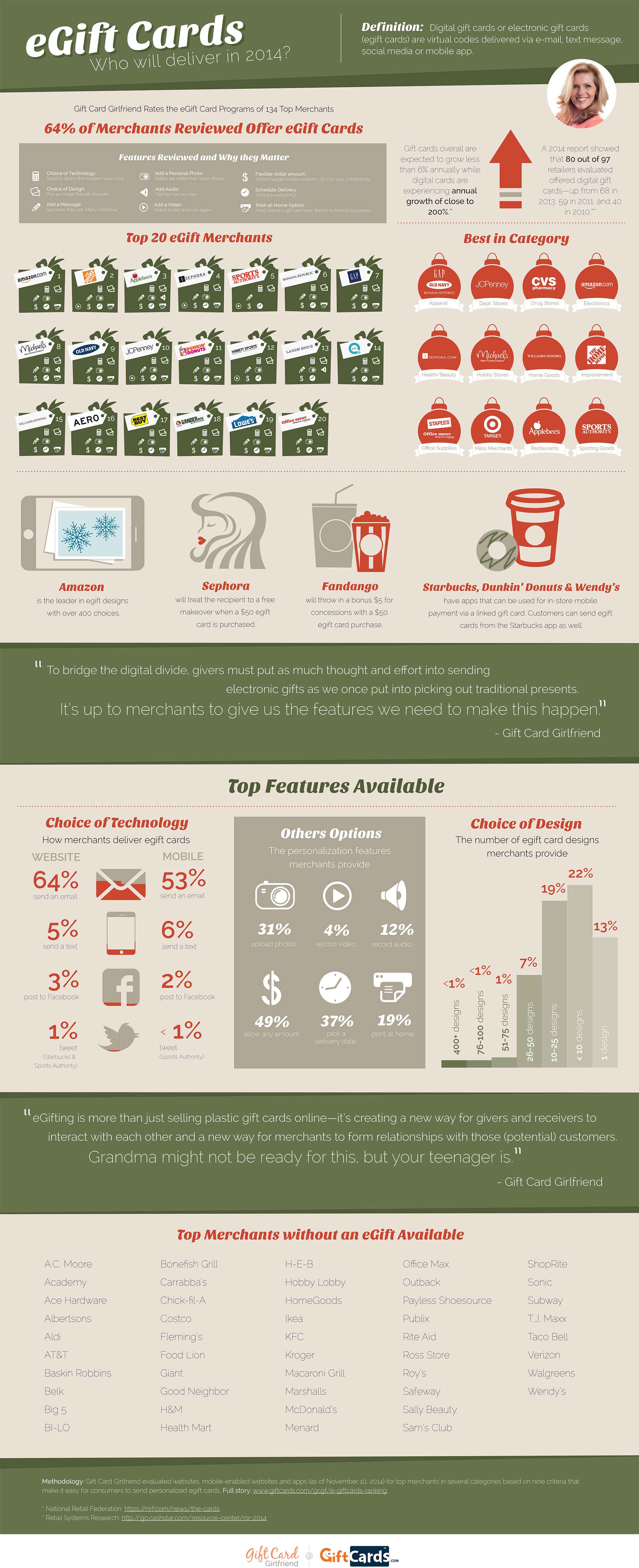A laser is a powerful device for noting and inscribing on products like metals, timber, and glass. But when collaborating with a brittle product like glass, specific placement of your layout is vital.
Unlike various other laser-marked products, glass does not evaporate but fractures when exposed to laser warm. This offers the personalized surface its characteristic appearance.
Local Home heating
The laser light connects with the glass surface area, creating local heating and potentially vaporization or ablation. This produces an engraved, frosted, or personalized look. Unlike inks and paint, laser noting marks are permanent and do not fade gradually.
Laser inscribing on glass is testing due to the material's brittleness and vulnerability to thermal shock. The unexpected, quick temperature changes produced by high laser power can create cracking and damage of the surface area.
To reduce this danger, laser engravers utilize water refrigerators to aid manage the warm and spread it uniformly over the surface area. Using a wetting substance or masking the surface also helps to minimize splitting and boost laser efficiency. On top of that, decreasing the laser power setup and raising the etching rate aid to keep a regular temperature level. Additionally, staying clear of revealing the glass to hot air or water quickly after inscribing will also lessen the danger of thermal shock and breaking.
Transparent Materials
Many different laser device types are readily available, with each having distinct wavelengths and power arrays. Some have the ability to create high-contrast engravings on glass while others may require added measures to ensure optimal outcomes.
As an example, making use of a paper mask to secure the surface of your workpiece from heat can help in reducing damaging by dissipating the laser light beam's warm before it has a chance to influence the glass. In a similar way, applying a thin coat of recipe soap can additionally lessen the amount of glass shards that are produced after the laser procedure is total.
Finally, it is essential to keep the laser head at a consistent rate throughout the whole process to prevent sudden changes in temperature level that can cause breaking. Additionally, a water-cooled laser system can additionally assist handle the impact of laser warmth on delicate products such as glass. In addition, choosing to use a Jarvis dither pattern on your laser vehicle driver setups will divide the dots of your graphic, lowering their general heat intake and impact on the product.
Precision
Laser engraving is among the most specific methods for glass noting. It enables top quality, tailored gifts or organization applications such as personalized glass wares for restaurants that promotes brand identity and high quality.
Personalized glass is durable and able to hold up against everyday use and cleaning, making it suitable for a range of applications. It additionally supplies great flexibility when it concerns the style of emotional impact of custom gifts patterns, pictures, and message.
Guarantee you make use of the appropriate sort of glass for your project and fine-tune your laser settings before starting. Different kinds of glass react in a different way to warm, and changing the laser power based on density assists prevent splitting. Additionally, a water-chiller lowers temperature level variations that bring about fracturing. Ultimately, covering up the surface area of your glass work surface with a paper towel or a layer of recipe soap can aid dissipate the laser warmth and stop damaging. It is additionally crucial to safeguard your glass work surface with a jig to decrease activity that brings about imbalance.
Sustainability
Laser noting on glass is an environmentally friendly process that decreases the use of hazardous chemicals and provides clear, permanent high-resolution codes. This aids shield items versus meddling and counterfeiting while instilling confidence in customers.
With a little preparation, laser engraving on glass opens a globe of possibilities for artists and manufacturers alike. It is a cost-effective and lasting choice to standard engraving techniques such as sandblasting or etching lotions.
Prior to etching, it is important to pre-heat the glass. This aids restrict thermal shock and prevent breaking of the brittle product. Maintaining the power settings low and making use of a slower cool off can likewise help to stop glass splitting. Furthermore, a fume extraction system can aid eliminate smoke, dust, and particle particles from the work area to keep the workplace risk-free and clean. As soon as your system is correctly set up, it's an excellent idea to experiment with a couple of samples to find the most effective setting for your specific sort of glass.
